The dependence of high-precision slitting and rewinding machines in the production of new energy battery separators stems from the critical role of separators in batteries and the strict requirements of their manufacturing processes. The following is an analysis of the core causes:
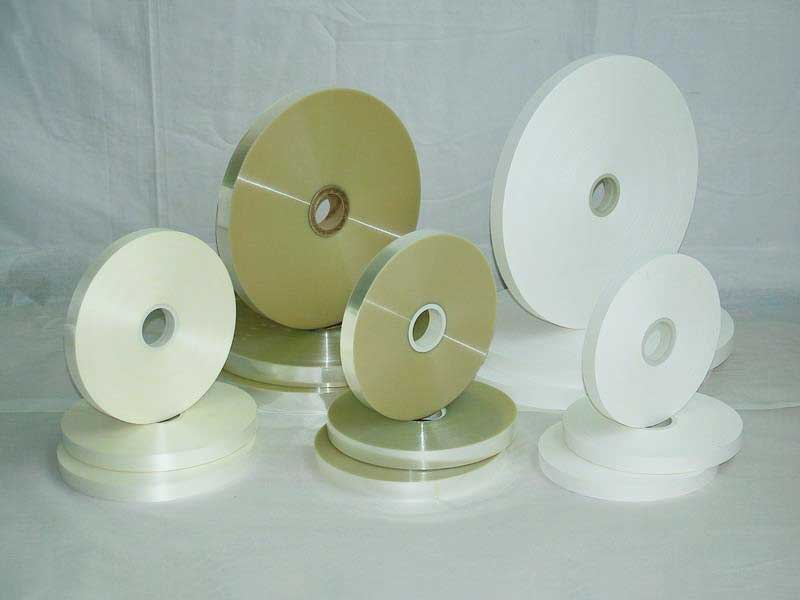
1. The functional characteristics of the diaphragm require extremely high precision
• Micron-level thickness control: The separator thickness is typically 5-20 microns (e.g. for lithium-ion batteries) and needs to be uniform during slitting, any deviation may lead to a short circuit or degradation of the battery.
• Porosity consistency: The pore structure of the separator affects the ion conduction efficiency, and high-precision slitting avoids burrs or deformation at the edges to ensure uniform distribution of pores.
2. The core role of the slitting and rewinding machine
• Ultra-narrow slitting capacity: The separator often needs to be cut into millimeter widths (such as the continuous pole piece of a power battery), and the equipment needs to have a cutting accuracy of less than ±0.1mm.
• Tension control technology: the diaphragm material is fragile (such as PE/PP), and the tension should be constant (such as within ±0.5N) during slitting to prevent tensile deformation or wrinkles.
• Dust-free and low-damage machining: The equipment needs to be equipped with a dust removal system and precision tools to avoid metal chips or dust contamination (cleanliness of more than 1,000 degrees).
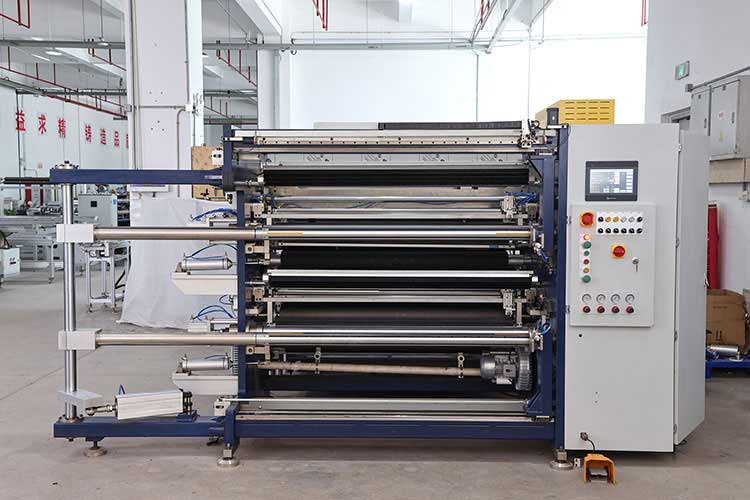
3. Directly related to battery performance and safety
• Edge quality affects yield: burrs or cracks can puncture the diaphragm, causing an internal short circuit (thermal runaway risk); High-precision slitting controls the defect rate to less than 0.1%.
• Roll uniformity: Uneven rewinding and tightening can lead to defects in the coating or lamination process, affecting the energy density and cycle life of the battery.
4. The need for scale in terms of cost and efficiency
• Maximized material utilization: 5%-10% of the battery cost of the separator, and high-precision slitting reduces edge scrap (e.g. from 3% to 0.5%).
• High-speed production matching: Modern slitters need to reach speeds of 100-300m/min while maintaining accuracy to meet GWh-level capacity requirements.
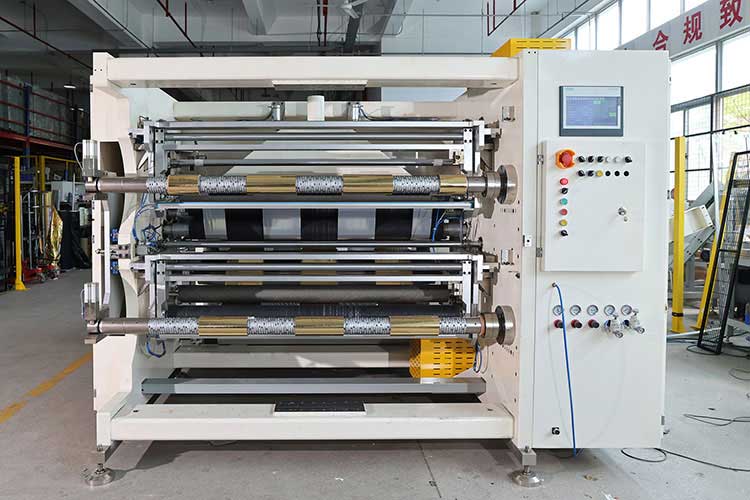
Industry case evidence
• Wet diaphragm production: Slitting the stretched diaphragm, if the tension fluctuates by more than 1%, it may lead to tears in the microporous structure.
• Ceramic-coated diaphragm: Slitting is required to avoid peeling of the coating, and tool sharpness and temperature control are required (e.g., the cooling system maintains the blade temperature ±1°C).
conclusion
The high-precision slitting and rewinding machine is one of the "neck" equipment for separator production, and its technology directly determines the physical consistency, production yield and battery safety of the separator. The lack of such equipment will lead to substandard separator performance, which will affect the energy density, life and safety indicators of the battery, so it is irreplaceable in the new energy industry chain.
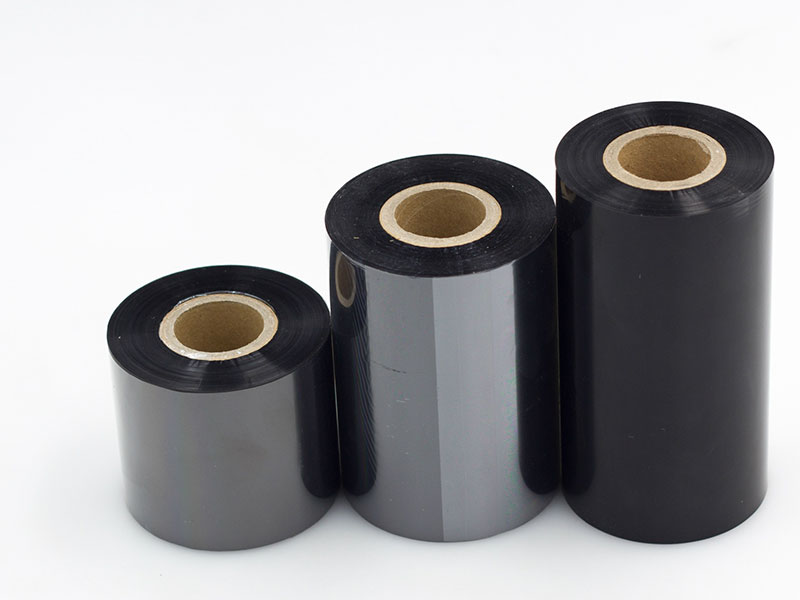
it uses precise cutting to cut out a more economical, more efficient and more environmentally friendly development path for enterprises.
29. December, 2025
Modern high-quality ribbon slitting machine combines automation, intelligence and high precision:
29. December, 2025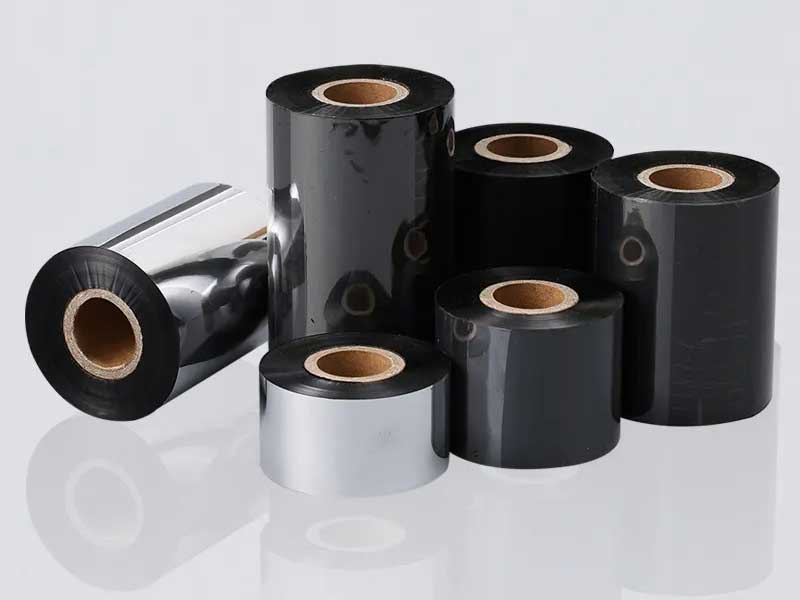
Through precise local upgrading, process optimization and intelligent transformation, small and medium-sized enterprises can achieve a great leap in production efficiency with limited resources.
29. December, 2025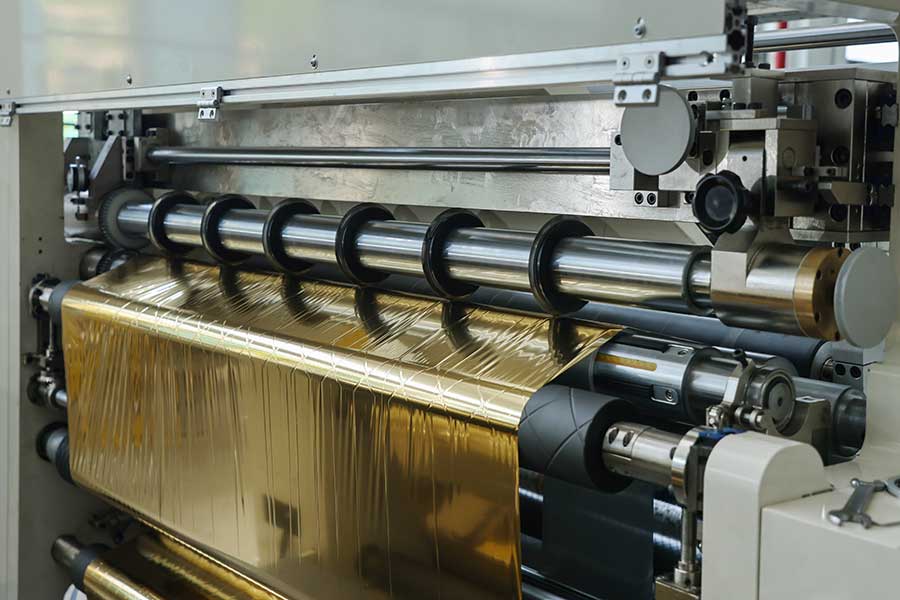
This seemingly simple piece of equipment is quietly changing the production efficiency standards of the entire industry.
27. December, 2025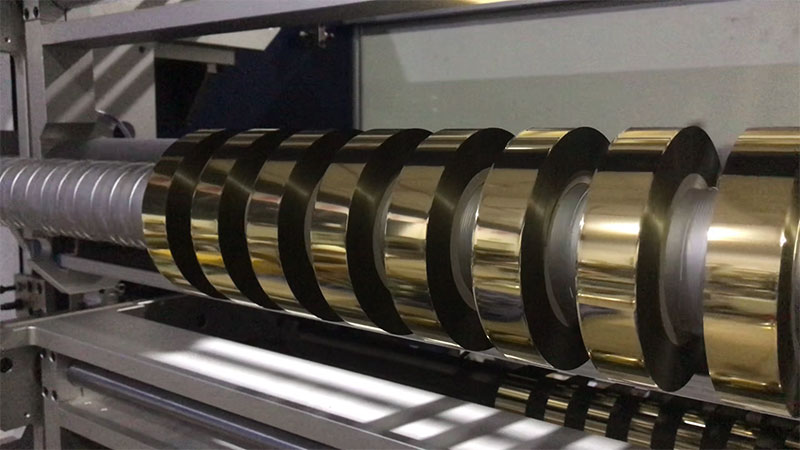
A hot stamping foil slitting machine that can truly carry the trust of users must be the culmination of the following characteristics.
27. December, 2025